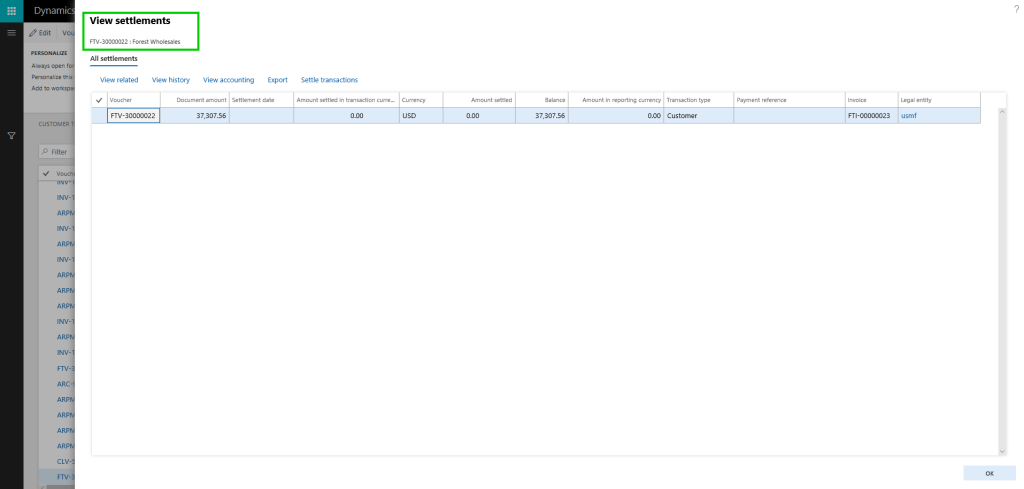The assignee has a lien on the car and can repossess if you do not pay. Co-signer A co-signer is a personsuch as a parent, close member of the family, or friendwho promises to pay back the loan if you do not. This can be a benefit both to you and your lending institution. A co-signer takes complete responsibility to pay back the loan. Having a co-signer on your loan offers your lending institution additional assurance that the loan will be repaid. If you do not repay your loan, your co-signer will be liable for payment even if the co-signer never drove your vehicle. If you have actually been asked to co-sign a loan, you must consider how it will impact your financial resources. In some states, the law allows the creditor cancel my timeshare contract to repossess your cars and truck without going to court. To learn more, including meanings of typical terms used when funding or leasing a vehicle, read "Comprehending Car Funding," jointly prepared by the American Financial Providers Association Education Structure, the National Automobile Dealers Association, and the FTC. To purchase print copies of "Understanding Automobile Financing," call the AFSA Education Foundation: (888) 400-7577.

A finance charge is a cost troubled a customer for obtaining credit. Finance charges include interest on financial obligation balances and any extra costs imposed by the credit-issuing entity. Listed below, you'll discover typical examples of finance charges that consumers deal with, and some suggestions for reducing the impact of these fees. A finance charge vacation ownership for less is any cost a customer encounters in the procedure of obtaining credit and paying back financial obligation. Financing charges generally come with any form of credit, whether it's a charge card, a business loan, or a home mortgage. Any amount you pay beyond the quantity you borrowed is a financing charge.

Among the advantages of having a credit card is that you can borrow money without having to settle your balance in full every month. However, taking your time to repay your debt comes at a price. Your issuer will charge interest on any balance not settled by the end of the month. That interest expense is a financing charge. If you miss a minimum payment deadline that falls outside of a grace duration for your credit card, you could be charged a late payment fee, which is another example of a finance charge. Funding financial obligation is big service in the U.S.
3 trillion. That's a 1. 1% boost since the fourth quarter of 2019, when home financial obligation was already 26. 8% higher than it remained in 2013. Most of that debt (if not all of it) will come with finance charges such as interest charges and loan processing charges. Financing charges are determined each billing cycle based upon the present prime rate. Since July 15, 2020, the Wall Street Journal calculated the prime rate to be 3. 25%. This rate varies in response to market conditions and Federal Reserve policy, so your capacity finance charge might vary month-to-month (What does nav stand for in finance). If you have a fixed-rate loan, the finance charge is less likely to vary, though it might still vary based upon elements such as your payment history and timeliness.
How Is Python Used In Finance Can Be Fun For Anyone
Charge card companies may determine finance charges using your daily balance, approximately your day-to-day balance, the balance at the start or end of the month, or your balance after payments have actually been applied. Your credit card agreement may likewise include a minimum finance charge that's used anytime your balance goes through a cost. For instance, your credit card terms might consist of a $1 minimum financing charge, so if a billing cycle's charges are $0. 65, that'll be rounded up to $1. You can decrease the quantity of interest you pay by minimizing your balance, asking for a lower rates of interest, or moving your balance to a credit card with a lower rate of interest.
Financing charges can be listed in a number of places on your regular monthly credit card billing statement. On the first page of your billing statement, you'll see an account summary listing your balance, payments, credits, purchases, and any interest charges. In the breakout of transactions made on your account throughout the billing cycle, you'll see a line product for your Click here to find out more financing charge and the date the finance charge was evaluated. In a different section that breaks down your interest charges, you'll see a list of your financing charges by the type of balances you're carrying. For instance, if you have a purchase balance and a transfer balance, you'll see information of the finance charges for each.
For mortgages, regular monthly payments are separated into primary and interest payments, in addition to extra expenses like real estate tax. In this case, the "primary" part of payments would not certify as a financing chargeit merely goes towards minimizing your debt balance. The interest payments, on the other hand, are a financing charge. Making your minimum charge card payment is generally sufficient to cover your finance charge plus a little portion of the balance. Nevertheless, if you're only paying the minimum payment, your balance won't reduce by that muchit takes the bulk of a month-to-month payment just to cover interest charges. Since your balance isn't reducing considerably, you'll deal with another interest charge throughout the next billing cycle.
For those with significant debt, the minimum payment may not cover the month's financing charge. In this case, paying the minimum will result in a bigger balance. Minimizing debt will need payments beyond the minimum. A financing charge is a cost troubled a consumer who gets credit. Finance charges include interest charges, late fees, loan processing costs, or any other cost that surpasses paying back the quantity borrowed. For numerous types of credit, the financing charge changes as market conditions and prime rates change.